PUBH302 - Australian Public Health Report: Dementia in Australia
VerifiedAdded on 2022/11/26
|5
|849
|201
Report
AI Summary
This report provides a comprehensive analysis of dementia as a significant public health concern in Australia. It begins by highlighting the increasing prevalence of dementia, emphasizing its impact on the aging population and the substantial costs associated with healthcare and social services. The report delves into the historical context, tracing the evolution of dementia as a public health issue and the emergence of support groups. It then examines the political, social, and economic dimensions of dementia, including government responses, the needs of marginalized groups, and the financial burden on the healthcare system. The report also includes interview questions and a transcript with Dr. Ramon Shaban, focusing on infectious diseases, clinical judgment, and health governance. The report concludes by emphasizing the need for preventive measures, support for affected individuals and their families, and increased funding for research and care programs. The report references multiple sources, including the Australian Bureau of Statistics, the Australian Institute of Health and Welfare, and Dementia Australia, to support its findings and recommendations.
1 out of 5
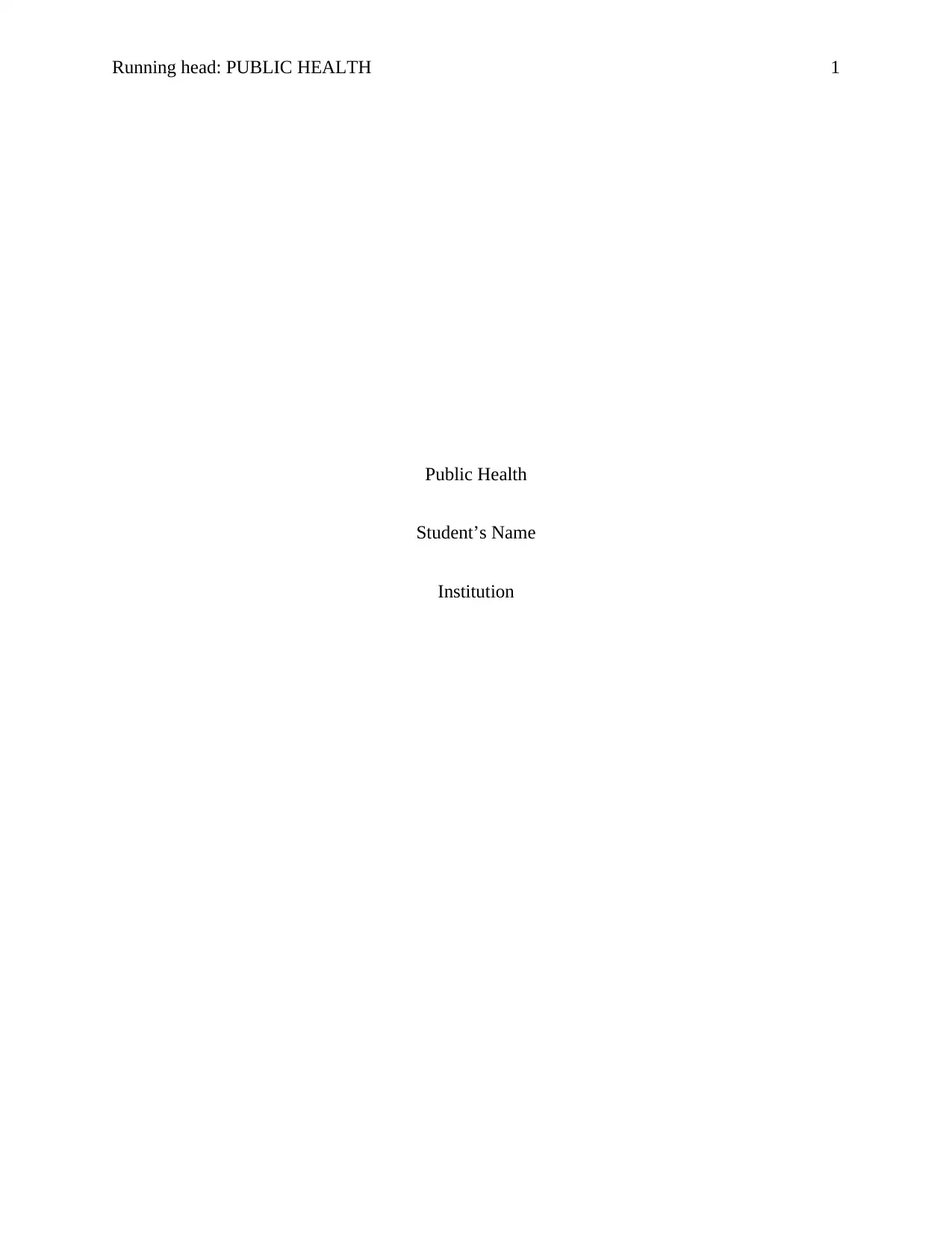
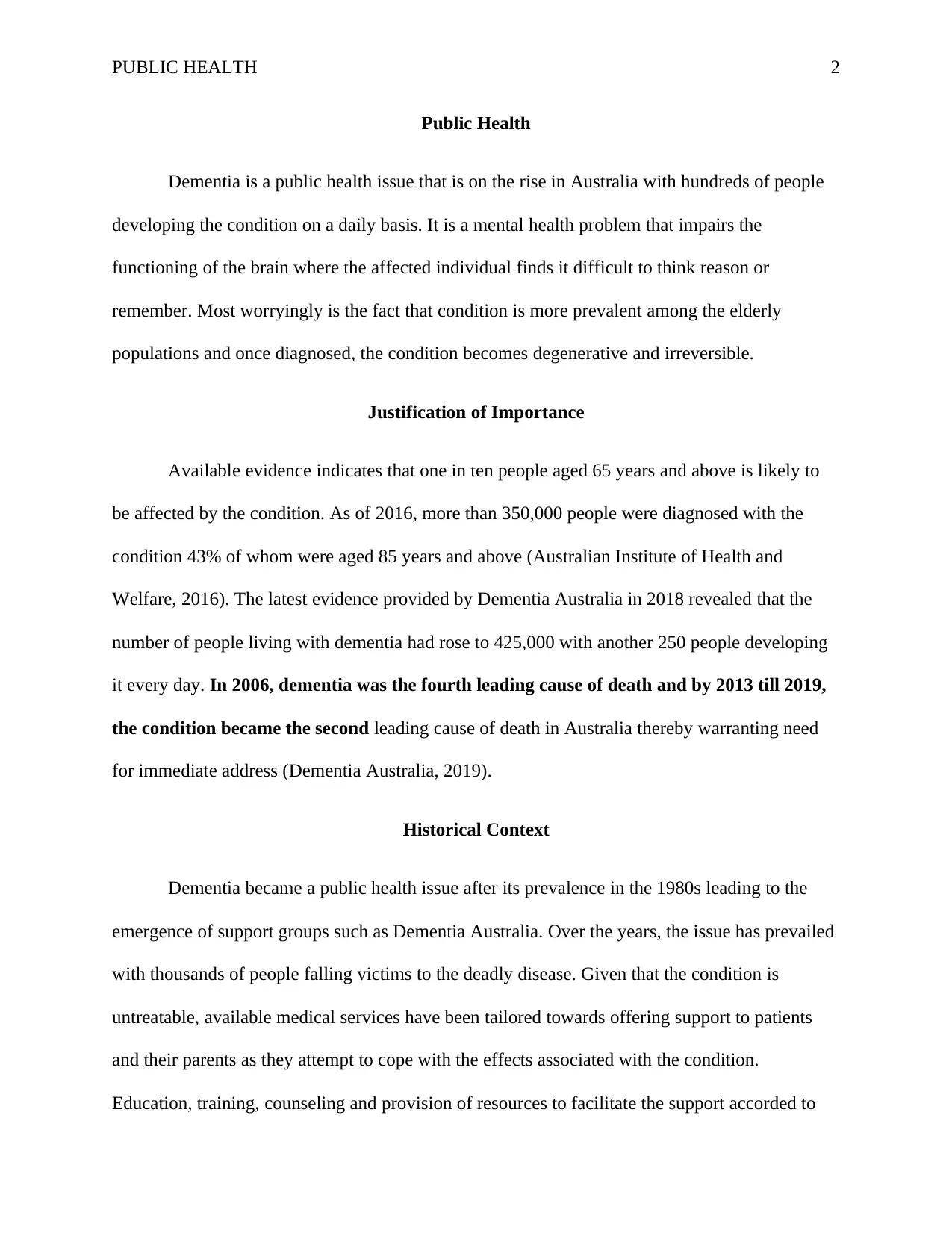
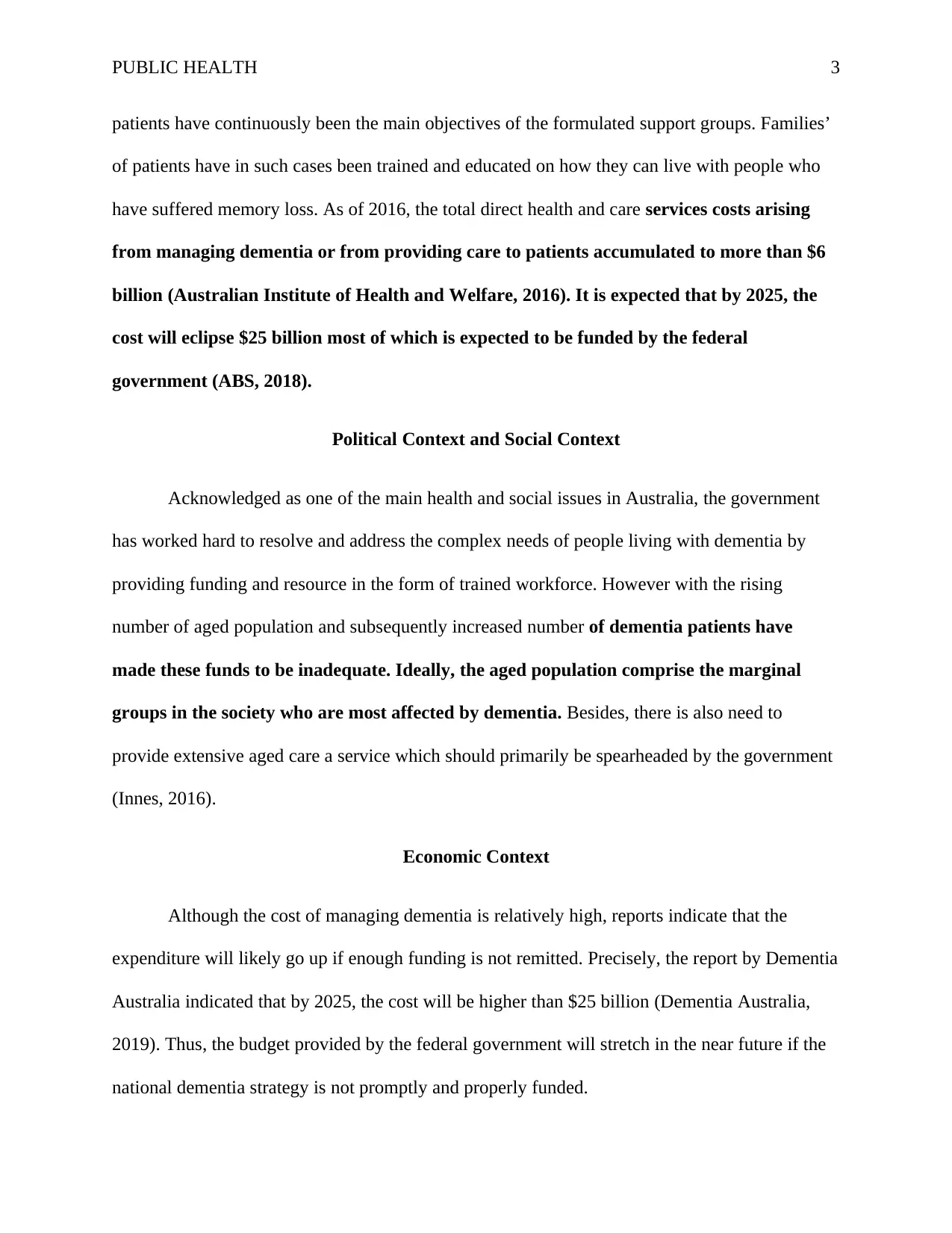

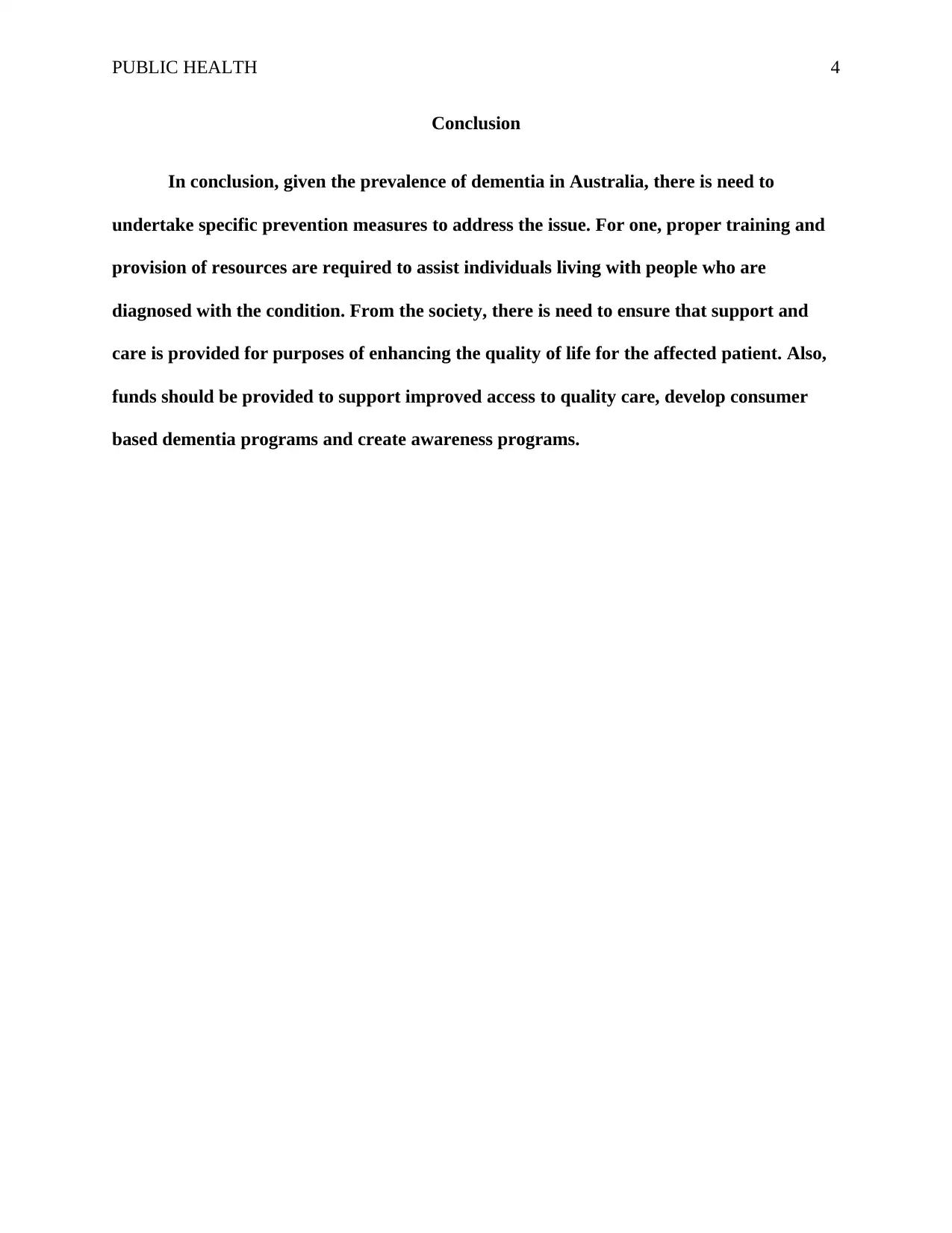
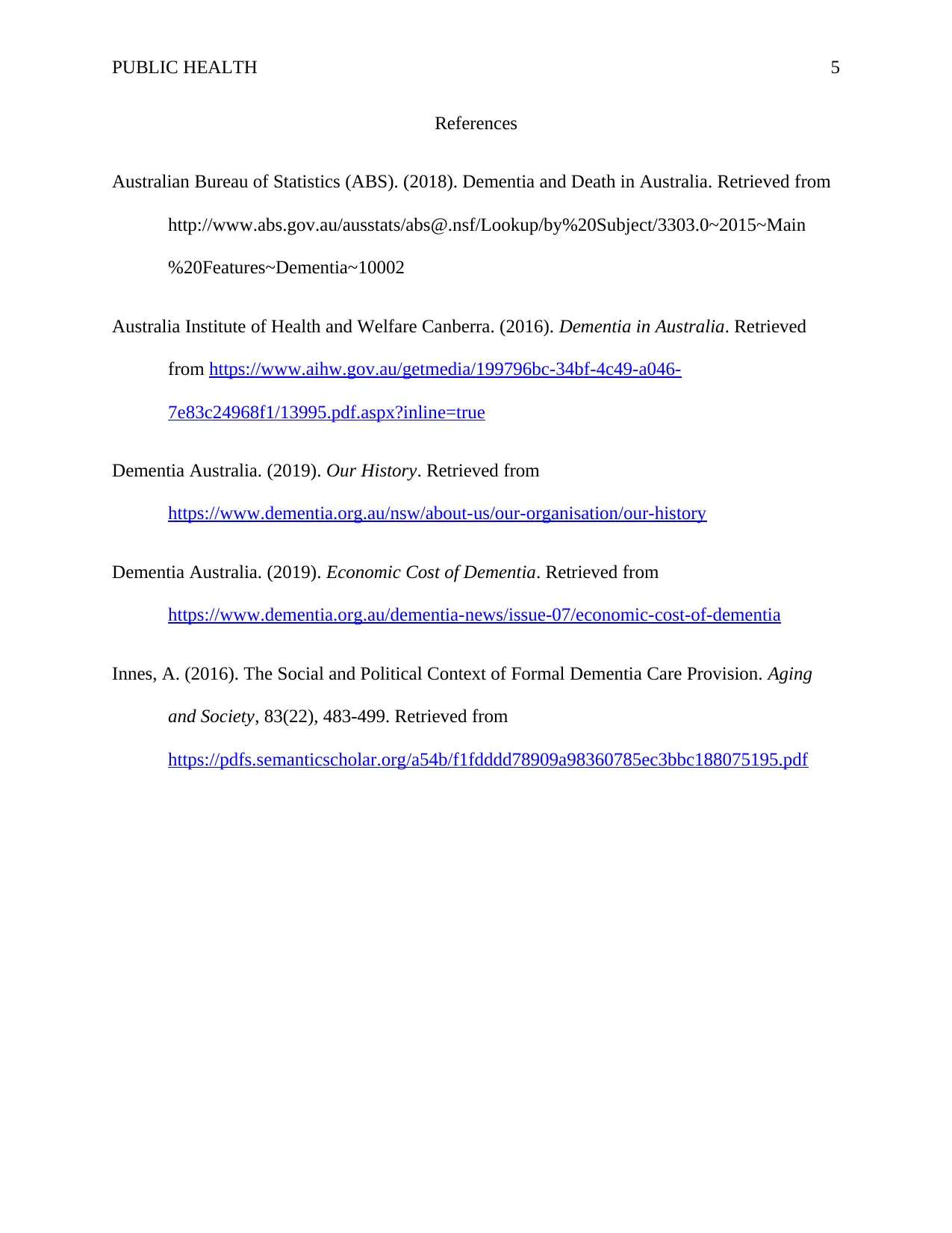






![[object Object]](/_next/static/media/star-bottom.7253800d.svg)